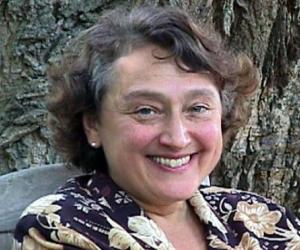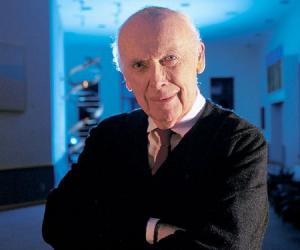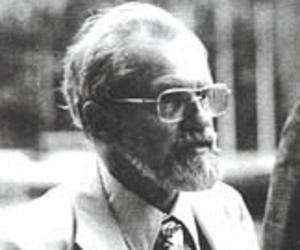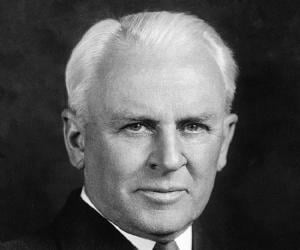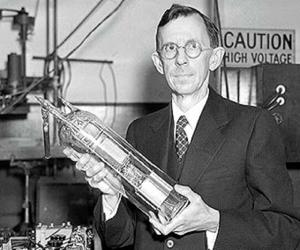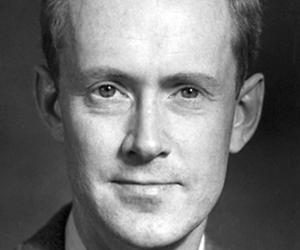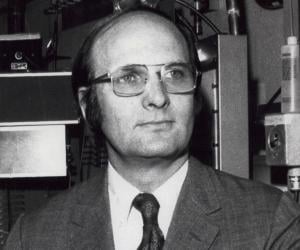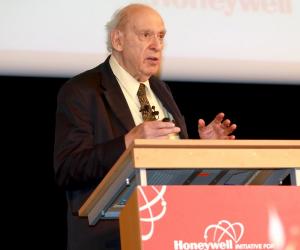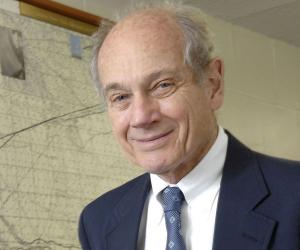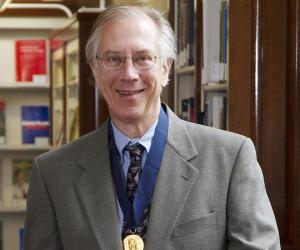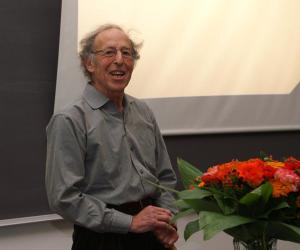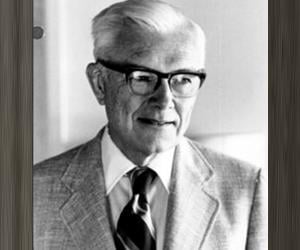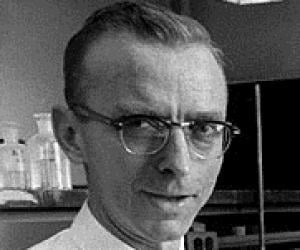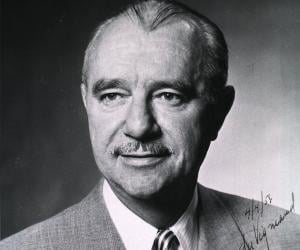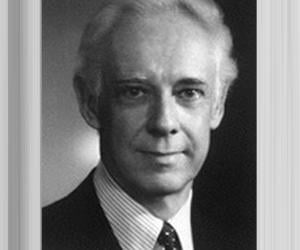Lynn Margulis was an evolutionary theorist, biologist, educator, and science author. She was a modern proponent of the significance of symbiosis in evolution. Along with British chemist James Lovelock, Margulis was the co-developer of the Gaia hypothesis. She was a strong critic of neo-Darwinism. In 2001, she was honored with the Golden Plate Award of the American Academy of Achievement.
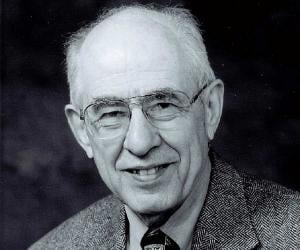
James Watson is a geneticist, molecular biologist, and zoologist. He is credited with co-authoring the academic paper that propounded the double helix structure of nucleic acids such as DNA for which he was awarded the Nobel Prize in 1962. In 1977, he was honored with the Presidential Medal of Freedom. In 1997, he was awarded the National Medal of Science.
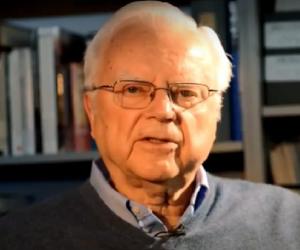
American astronomer and astrophysicist Frank Drake is best-known for developing Drake equation and for his involvement in search for extraterrestrial intelligence, including founding of modern SETI. He performed Project Ozma, the first SETI experiment for searching signs of life in distant planetary systems. He also designed content of Arecibo message, an interstellar radio message, sent to globular star cluster M13.
When the American government, baffled by unexplained sightings of flying objects, assigned J. Allen Hynek the task of solving the mystery, Hynek was sceptical. However, he later became the first person to scientifically analyze such sightings. He also established the "Close Encounter" classification system to study UFOs.

David A. Johnston was an American volcanologist who was caught in the midst of the eruption of Mount St. Helens in 1980. Johnston was killed during the eruption and his body was never found. David A. Johnston's life and career have inspired several documentaries, docudramas, and films.
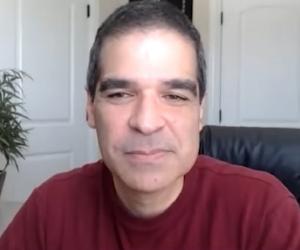
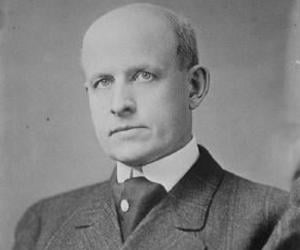

Nobel Prize-winning experimental physicist Robert Andrews Millikan had begun his career as a faculty member at the University of Chicago and penned countless physics books. He later devoted himself to his research on elementary electronic charge and the photoelectric effect. His famous oil-drop experiment is known to all physics enthusiasts.
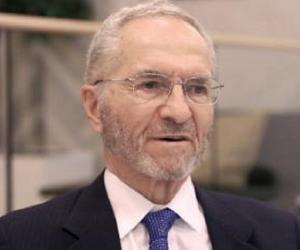
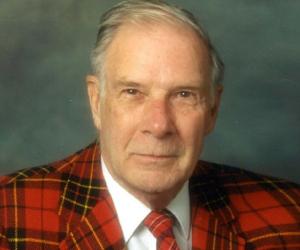
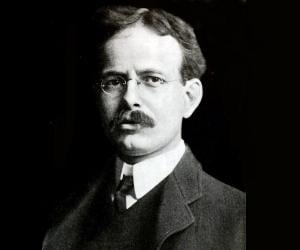
George Ellery Hale was an American solar astronomer. He discovered magnetic fields in sunspots, a discovery that gained him international fame. He played key roles in the planning or construction of several world-leading telescopes, including the 40-inch refracting telescope at Yerkes Observatory. He was a major figure in the foundation of the International Union for Cooperation in Solar Research.
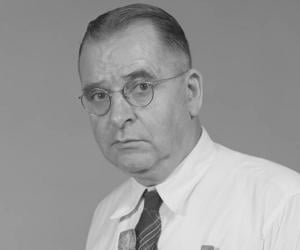
Karl Patterson Schmidt was a herpetologist. He studied biology and geology at Cornell University and realized his keen interest in herpetology. He later worked as a scientific assistant in herpetology at the American Museum of Natural History. He undertook many collecting expeditions for the Field Museum of Natural History in Chicago. He died after being bitten by a boomslang snake.

US meteorologist Owen Daniels is also a former American football player. A tight-end, he has been a Super Bowl champion with the Denver Broncos. He has also represented the Houston Texans and the Baltimore Ravens. He is now mostly seen on TV, discussing the impact of weather conditions on American football.
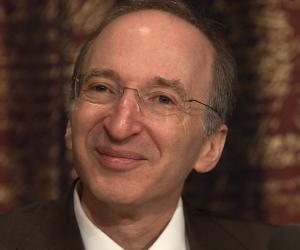
Nobel Prize-winning astrophysicist Saul Perlmutter has been associated with the Lawrence Berkeley National Laboratory and teaches at the University of California, Berkeley. Born to a chemical engineering professor, Perlmutter grew up to co-discover the accelerating expansion of the Universe and later introduced innovative Berkeley courses such as Physics & Music.
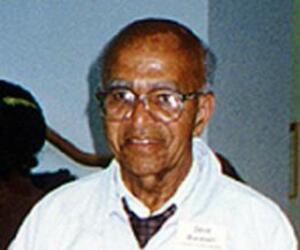
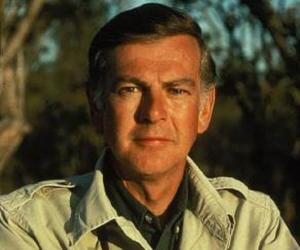
Donald Johanson is a paleoanthropologist. He collaborated with Yves Coppens and Maurice Taieb to discover the fossil of a female hominin australopithecine in the Afar Triangle region of Hadar, Ethiopia. This fossil was named “Lucy". As an academician, he established the Institute of Human Origins in Berkeley. He is the recipient of several awards and honors.
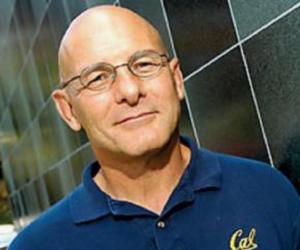
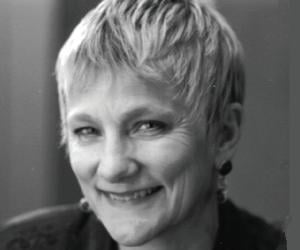
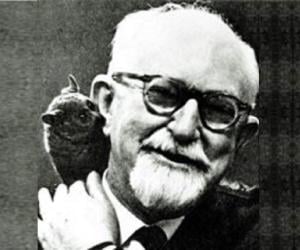
George Gaylord Simpson was an American paleontologist. He was one of the 20th century's most influential paleontologists. Simpson, who wrote extensively on the taxonomy of extant mammals and fossils, is credited with coining the word hypodigm. From 1945 to 1959, he served as the curator of the Department of Paleontology and Geology at the American Museum of Natural History.
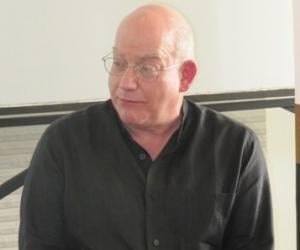
Gregory Chaitin is an Argentine-American computer scientist and mathematician. He is best known for his immense contributions to metamathematics and algorithmic information theory. Gregory Chaitin is regarded as one of the founders of algorithmic complexity along with Ray Solomonoff and Andrei Kolmogorov. Chaitin is the recipient of several prestigious awards, including the Leibniz Medal.
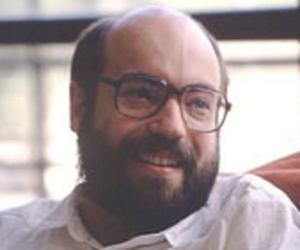
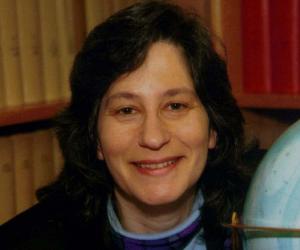
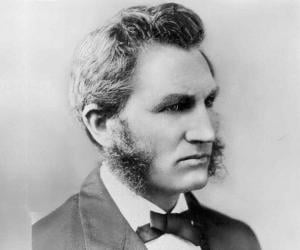
Lester Frank Ward was an American paleontologist, botanist, and sociologist. He is best remembered for his service as the American Sociological Association's first president. Lester Frank Ward played an important role in bringing Sociology courses into the higher education system in America.

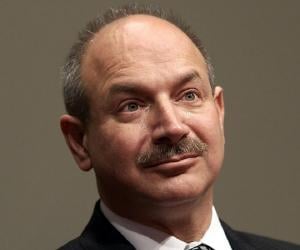
Immunologist Bruce Beutler is best known for his Nobel Prize-winning research on the innate immune system of the human body. The son of a scientist and physician, he was a child prodigy and graduated at age 18. He grew up to be associated with institutes such as the Scripps Research Institute.
Nobel Prize-winning Danish-American physicist Ben Roy Mottelson is best known for his research on asymmetrical shapes of atomic nuclei. A Harvard alumnus, he later taught at the Nordic Institute for Theoretical Nuclear Physics in Copenhagen. He has been named to the American Philosophical Society, too, among other honorary organizations.
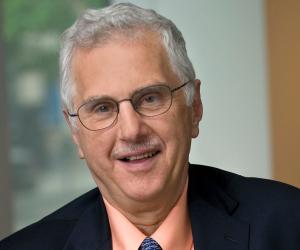
Bruce Alberts switched to biophysics at Harvard after getting bored with physical chemistry. He later led the NAS as its president and co-wrote iconic text books such as Molecular Biology of the Cell. Apart from teaching at Princeton and Harvard, he worked to improve science education in schools.
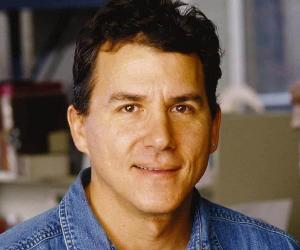
Paul Sereno is an American professor of paleontology who works at the University of Chicago. Sereno also serves as an explorer-in-residence for National Geographic and is credited with discovering many new dinosaur species, including an almost complete specimen of SuperCroc. Over the years, Paul Sereno and his discoveries have been featured in several documentaries.
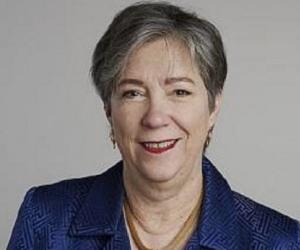
Cell biologist and MIT professor Susan Lindquist is best remembered for her research on protein folding and its impact on diseases. The Harvard alumna had also taught at the University of Chicago for 23 years. She was also the first female director of the Whitehead Institute for Biomedical Research.
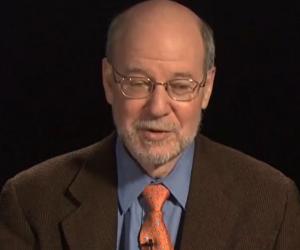

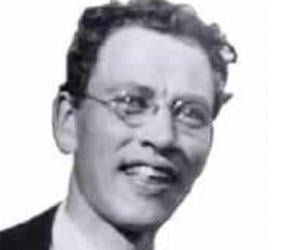
Alfred Sturtevant was an American geneticist. He is credited with constructing a chromosome's first genetic map in 1911. Throughout his career, Sturtevant did extensive research on Drosophila melanogaster (fruit fly) and his research on the Drosophila genome allowed other geneticists to map chromosomes of higher organisms like human beings. Alfred Sturtevant received the prestigious National Medal of Science in 1967.
Biochemist and Nobel laureate Robert W. Holley is best known for his research on the genetic code and its impact on protein synthesis. The Cornell alumnus focused on studying RNA after his year-long stint at Caltech in the mid-1950s. He has also worked at the Salk Institute for Biological Studies.
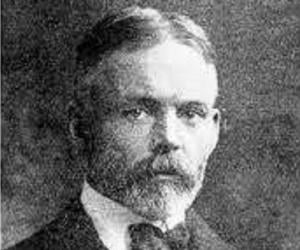
Edmund Beecher Wilson was an American geneticist and zoologist. He is credited with writing a textbook titled The Cell which is widely regarded as one of the most influential and important books in modern biology. Regarded as America's first cell biologist, Wilson is also credited with discovering the XY sex-determination system which is used to classify several mammals, including humans.
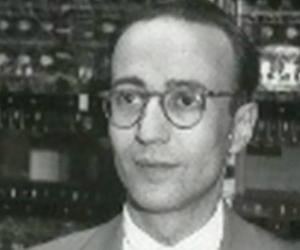
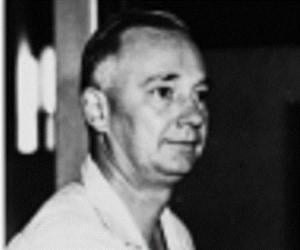
Grote Reber is remembered as a pioneer of American radio astronomy. The radio engineer made the world’s first radio telescope, which helped detect celestial signals. He won several awards for his research, including the Elliott Cresson Medal. The asteroid 6886 Grote was named after him.
Vincent du Vigneaud was a biochemist who won the 1955 Nobel Prize in Chemistry. He is remembered for his extensive work on the cyclic peptide oxytocin. He also conducted considerable research on insulin, biotin, transmethylation, and penicillin. He studied at the University of Illinois Urbana-Champaign and the University of Rochester and proceeded to have a brilliant academic career.
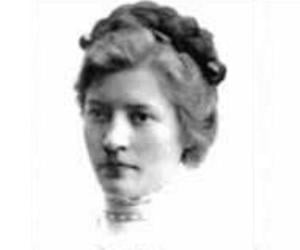
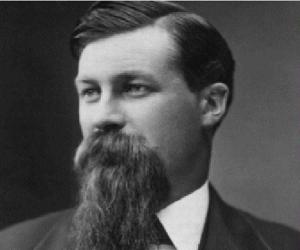
US geologist Thomas Chrowder Chamberlin proposed the theory of planetesimal hypothesis. Initially the chief geologist of the Wisconsin Geological Survey, he later joined the US Geological Survey. An educator, too, he was associated with the University of Chicago and the University of Wisconsin, Madison. He was also the founder-editor of The Journal of Geology.
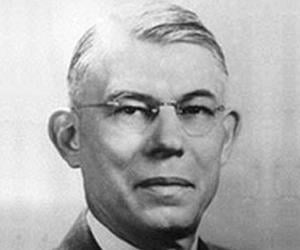
Biochemist Edward Adelbert Doisy revolutionized science with his discovery of vitamin K, which prevents blood clotting, along with Henrik Dam, a feat that eventually won the duo a Nobel Prize. The Harvard alumnus later taught at the Washington and St. Louis universities. He also isolated hormones such as estrone.
Nobel Prize-winning American biochemist Stanford Moore is best remembered for is pathbreaking research on the molecular structure of ribonuclease, also known as RNase. The University of Wisconsin–Madison alumnus spent most of his professional life working at the Rockefeller Institute, now The Rockefeller University. He remained single throughout his life.
